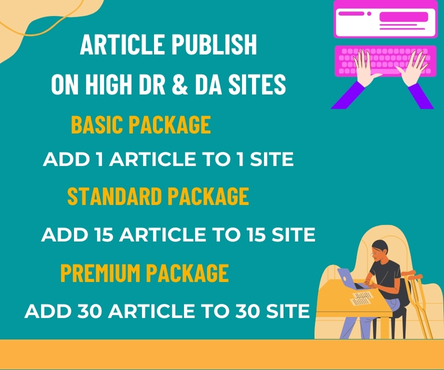The field of organ transplantation has witnessed significant advancements in recent years, with one of the most critical factors contributing to its growth being the effective use of data analytics. Transplant data analytics has emerged as a game-changer, enabling healthcare professionals to make data-driven decisions, optimize organ allocation, and improve patient outcomes. In this article, we will explore the importance of transplant data analytics and its impact on the field of organ transplantation.
The Need for Data Analytics in Organ Transplantation
Organ transplantation is a complex process that involves multiple stakeholders, including donors, recipients, surgeons, and healthcare providers. The process requires precise matching of donor organs with suitable recipients, taking into account various factors such as blood type, tissue compatibility, and medical urgency. With thousands of patients waiting for transplants, the demand for organs far exceeds the available supply. This is where data analytics comes in – to optimize the organ allocation process, reduce wait times, and improve patient outcomes.
Applications of Transplant Data Analytics
Transplant data analytics has numerous applications in the field of organ transplantation. Some of the key areas where data analytics is making a significant impact include:
- Predictive Analytics: Predictive models are being used to forecast organ availability, demand, and utilization patterns. This enables healthcare professionals to anticipate and prepare for future needs, reducing the risk of organ shortages and improving patient outcomes.
- Organ Allocation: Data analytics is being used to optimize the organ allocation process, ensuring that available organs are matched with the most suitable recipients. This involves analyzing data on donor and recipient characteristics, medical urgency, and waiting times.
- Donor-Recipient Matching: Advanced algorithms are being used to analyze data on donor and recipient characteristics, enabling healthcare professionals to identify the best possible matches and reduce the risk of organ rejection.
- Post-Transplant Monitoring: Data analytics is being used to monitor patient outcomes after transplantation, enabling healthcare professionals to identify potential complications and intervene early.
Benefits of Transplant Data Analytics
The benefits of transplant data analytics are numerous and significant. Some of the key advantages include:
- Improved Patient Outcomes: Data analytics is enabling healthcare professionals to make data-driven decisions, reducing the risk of organ rejection and improving patient survival rates.
- Optimized Organ Allocation: Data analytics is optimizing the organ allocation process, reducing wait times and ensuring that available organs are matched with the most suitable recipients.
- Increased Efficiency: Data analytics is streamlining the transplant process, reducing administrative burdens and enabling healthcare professionals to focus on patient care.
- Enhanced Research Opportunities: Transplant data analytics is providing valuable insights into transplant outcomes, enabling researchers to identify areas for improvement and develop new treatments.
Challenges and Future Directions
While transplant data analytics has made significant progress in recent years, there are still several challenges that need to be addressed. Some of the key challenges include:
- Data Quality: Ensuring the accuracy, completeness, and consistency of transplant data is crucial for effective data analytics.
- Data Sharing: Sharing data across organizations and registries is essential for developing comprehensive insights into transplant outcomes.
- Advanced Analytics: Developing advanced analytics capabilities, such as machine learning and artificial intelligence, is critical for unlocking the full potential of transplant data analytics.
In conclusion, transplant data analytics is revolutionizing the field of organ transplantation, enabling healthcare professionals to make data-driven decisions, optimize organ allocation, and improve patient outcomes. As the field continues to evolve, it is essential to address the challenges and leverage advanced analytics capabilities to unlock the full potential of transplant data analytics. By doing so, we can improve patient outcomes, increase efficiency, and enhance research opportunities, ultimately saving more lives.

